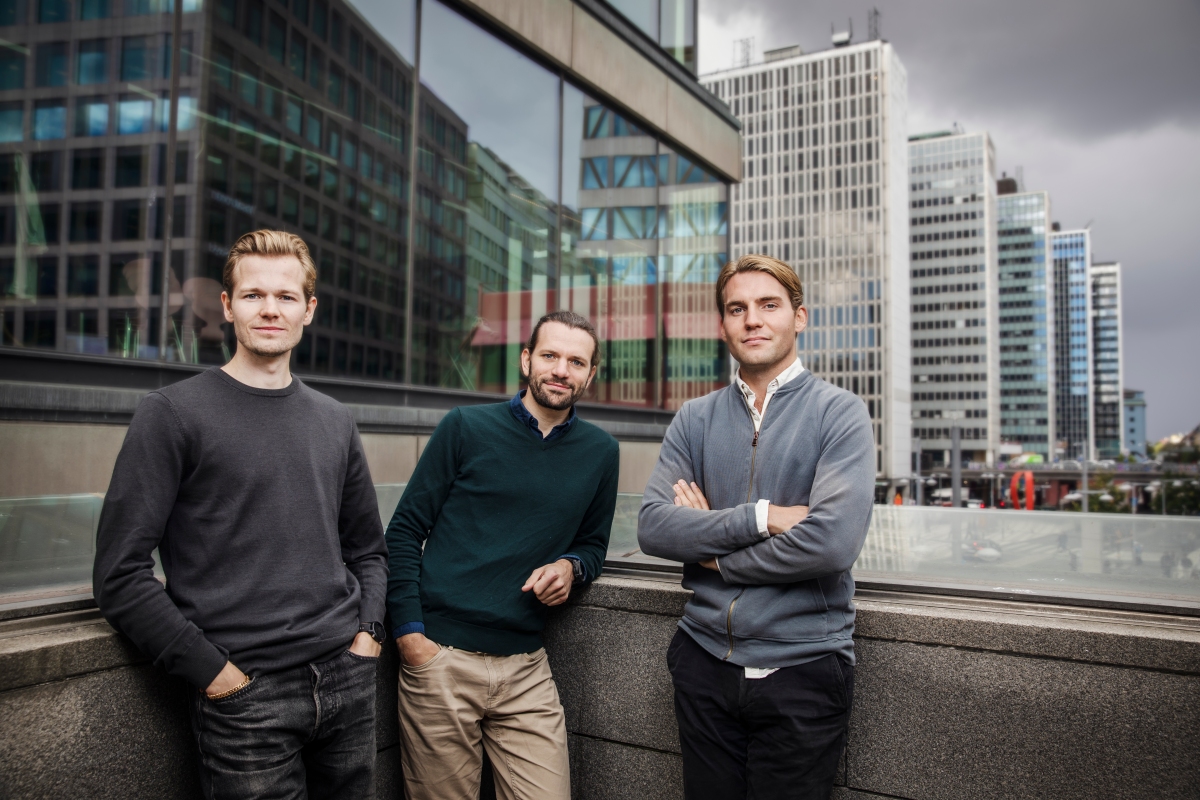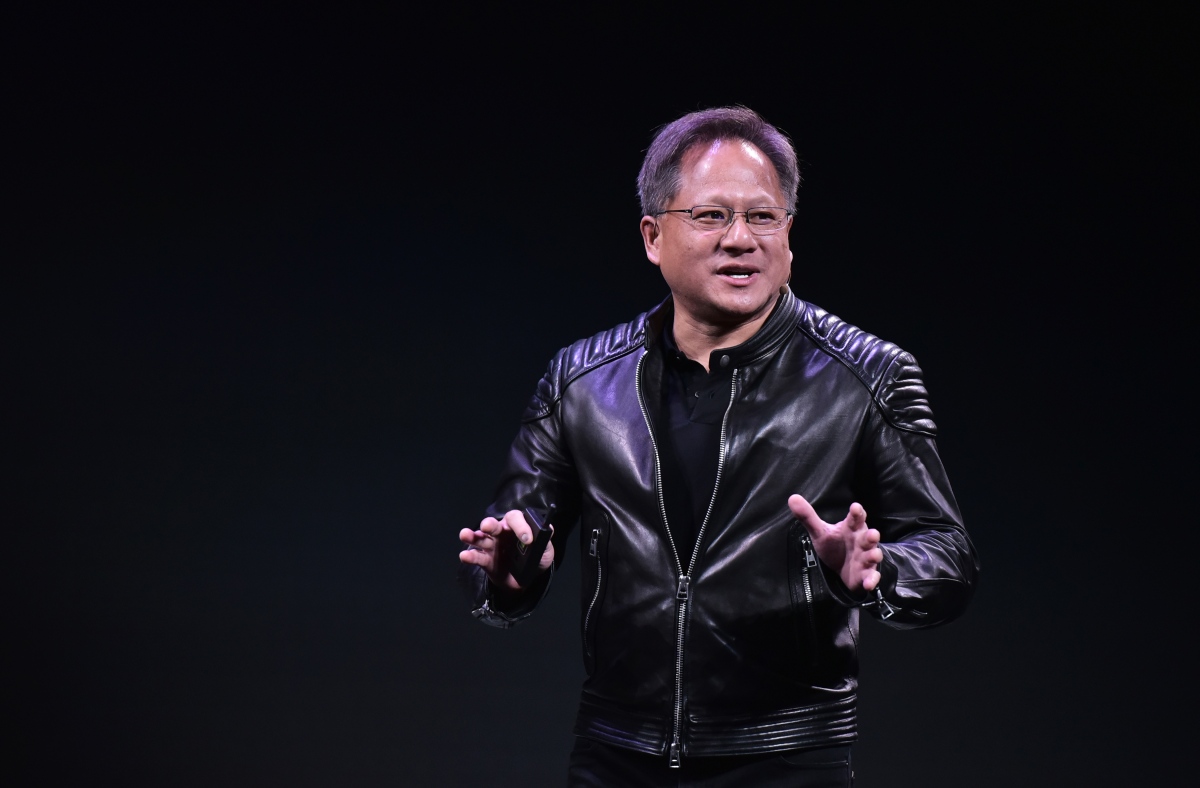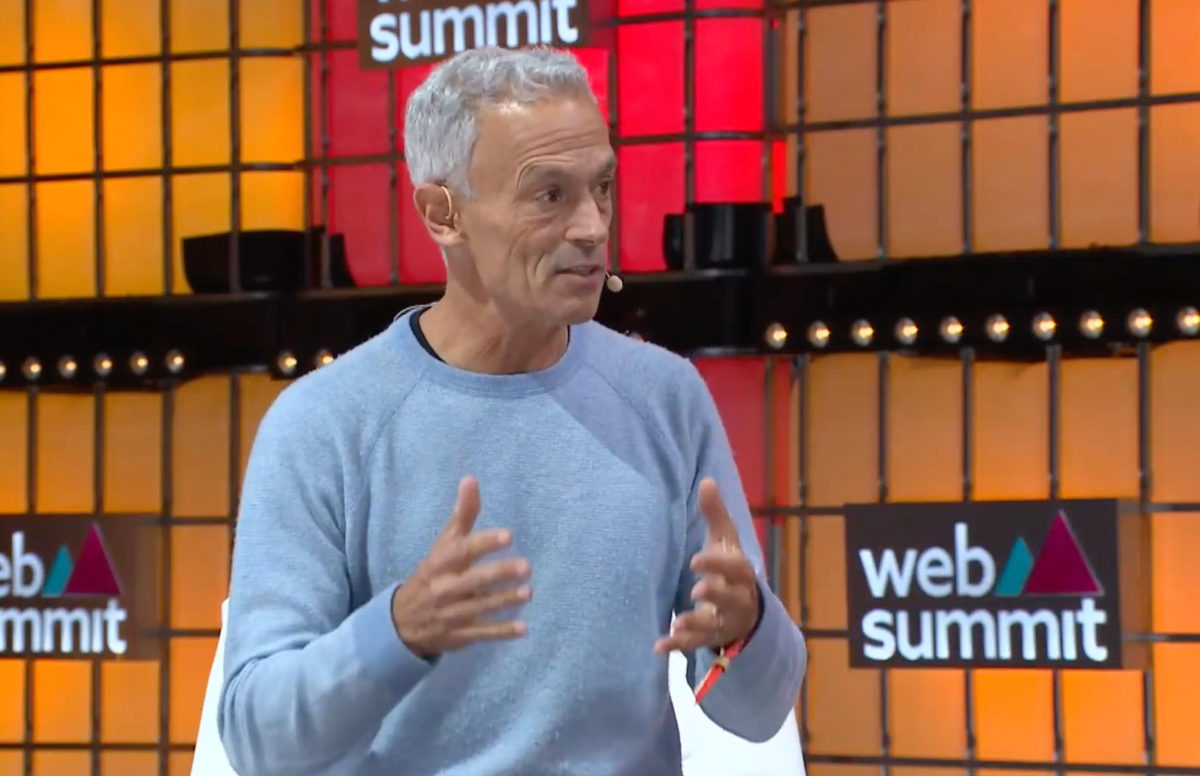Netflix launches a new interactive trivia experience, ‘Triviaverse’ • ZebethMedia
Today, Netflix is launching a new interactive game called “Triviaverse” that allows subscribers to test their knowledge and compete against an all-knowing “Trivia master” using their TV remote. In the game, players are challenged to answer questions as quickly as they can before time runs out and beat high scores to earn badges. “Triviaverse” is today launching globally on the streaming service and is available in nine languages, including English, Spanish (LatAm), Spanish (Spain), Portuguese (Brazil), French, German, Italian, Korean and Japanese. The gameplay itself is fairly simple. Players must correctly answer as many questions as possible within a limited time frame by pressing the arrow keys on their remote. Questions will span various categories like history, science and pop culture. They’ll increase in difficulty as you make it through the rounds. When players reach certain milestones, they earn badges, beginning with “Bird Brain,” then “Preschool Graduate,” “Lucky Guesser,” “Shockingly Average,” “Mere Mortal,” “PhD Dropout,” “Super Nerd,” “Potential Genius,” “Certified Genius” and “Triviaverse God” — the last and most epic-sounding title that players can receive. There are two ways to play “Triviaverse” — one-player mode, which has three rounds of trivia; or two-player mode, which is divided into two rounds per person. “Whether it’s challenging a personal best to beat 4,000 points or dueling your friends to reach 10,000 points, we hope you learn something new and have fun!” Netflix Director of Product Management, Rick Sanchez, wrote in an announcement posted on the company’s blog. Image Credits: Netflix While Netflix has experimented with interactive storytelling before, not all of those past efforts have been designed to be played like a game. In 2017, the company debuted interactive stories for subscribers to enjoy, like “Cat Burglar” and “Black Mirror: Bandersnatch,” among others. It also offered a “Triviaverse” precursor with its interactive game “Trivia Quest,” which had a different format involving daily episodes during the month of April 2022. The new game, however, has a more stripped-down format, as if Netflix wants to test whether or not subscribers would be interested in just using its service as a game-playing platform, instead of for interactive features that also tell stories. The new trivia game comes one year after Netflix began investing in gaming, which the company has said would eventually expand beyond mobile games. For instance, following Netflix’s promising Q3 earnings results, VP of Gaming Mike Verdu revealed at ZebethMedia Disrupt that the company is exploring cloud gaming and was opening a new gaming studio in Southern California. Netflix recently acquired the gaming studio, Spry Fox, which joined Netflix’s five in-house games studios.









